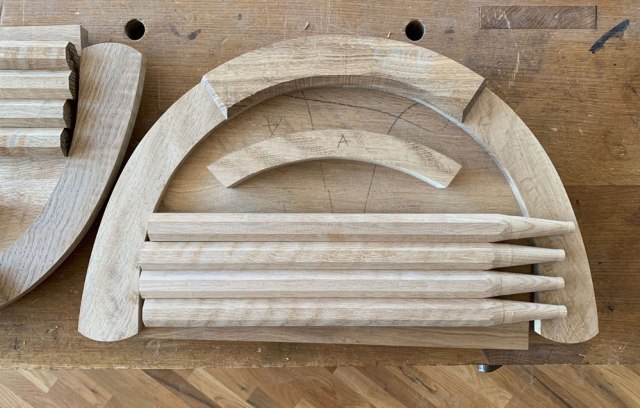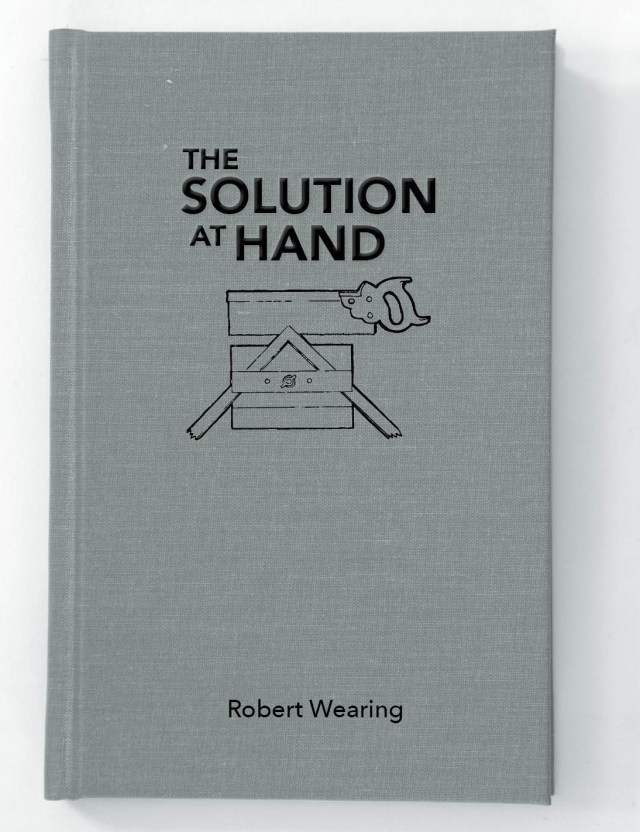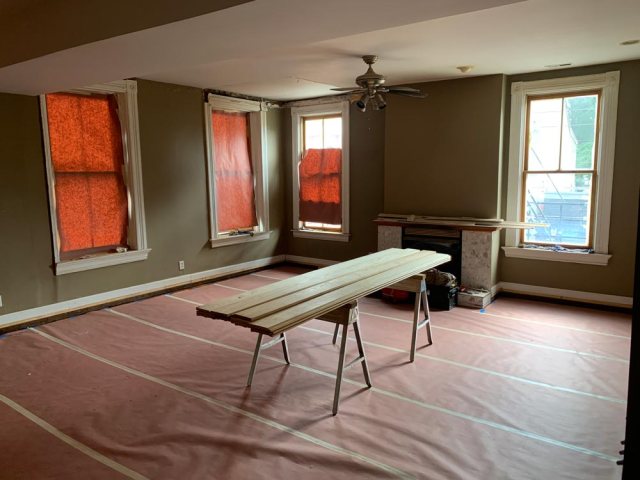6 Proptech Trends to Look out for – Life Unlocked
The technology that lets us open doors remotely is but one example of how ‘proptech’ is rapidly reshaping the real estate industry. We’ve picked out six waves of innovation whose disruptive influence is precipitating a proptech boom.
It wasn’t so long ago that real estate was considered slow to the game when it came to joining the technological revolution. But with the growing influence of so-called ‘proptech’ – the collective phrase that describes companies using technology to drive the economics of real estate – that reputation is fast becoming obsolete.
Today a new generation of property-tech entrepreneurs is setting about transforming the multi-billion pound industry, whether it’s by changing how we buy, sell and rent, or how property is accessed and facilitated by developers and management companies.
1. Smart sensors
The use of physical items equipped with sensors is increasingly being adopted by the property sector. Most notably, they are allowing for the construction of ‘smart buildings’ by allowing you to monitor and control things like temperature and lighting, adding convenience to the end-user but also contributing to a more sustainable way of living.
 Customer-facing services such as maintenance and cleaning are also reaping the benefits. For example, sensors in supply rooms can let facilities managers know when inventory needs to be stocked, or they can alert you when critical equipment such as heating or ventilation systems are about to fail, reducing unplanned and costly repairs, and avoiding downtime and complaints from tenants.
Customer-facing services such as maintenance and cleaning are also reaping the benefits. For example, sensors in supply rooms can let facilities managers know when inventory needs to be stocked, or they can alert you when critical equipment such as heating or ventilation systems are about to fail, reducing unplanned and costly repairs, and avoiding downtime and complaints from tenants.
2. Big data
Owing to the way it’s been used by tech giants such as Facebook, Big Data – which refers to large data sets that reveals patterns, trends, and associations, especially relating to human behaviour – hasn’t had the best PR in recent times. But the reality is that it’s not going away, and the potential to harness big data in the realm of property is almost endless. For example, with big data, estate agents and other property professionals can connect the dots between prospective buyers and their interests, and subsequently make better decisions on who they approach – and how. In short, big data has the power to make property an increasingly joined up world.
3. Geolocation
 Location remains the single most important variable in the property market, and is also one being transformed by Geolocation technology. Geolocation tech converts maps into full sets of critical data about properties, associating their proximity to things like shops, restaurants, and events, and allowing the real estate sector to better analyse the location and sell the properties in a more personalised way. As a result, decisions on how much might be spent on a property are becoming less of a game and more of a quantifiable science. Moreover, geolocation is also improving the the user experience, with companies starting to utilise it in housing search apps, where users are alerted when passing by an available property.
Location remains the single most important variable in the property market, and is also one being transformed by Geolocation technology. Geolocation tech converts maps into full sets of critical data about properties, associating their proximity to things like shops, restaurants, and events, and allowing the real estate sector to better analyse the location and sell the properties in a more personalised way. As a result, decisions on how much might be spent on a property are becoming less of a game and more of a quantifiable science. Moreover, geolocation is also improving the the user experience, with companies starting to utilise it in housing search apps, where users are alerted when passing by an available property.
4. Drones & VR
 We all know that the way in which property is visually presented is a crucial weapon in the armoury of those looking to sell property. And as the technology continues to improve (not to mention becomes more affordable), the use of drones and virtual reality is likely to play a growing role. Whether it’s giving would-be buyers more ways to view a property such as exploring external areas unreachable by ladder, checking noise levels at night using remote controlled drones, or allowing ‘walks’ through a property without actually visiting it, drones and VR are adding fresh layers of transparency to the world of buying and selling property.
We all know that the way in which property is visually presented is a crucial weapon in the armoury of those looking to sell property. And as the technology continues to improve (not to mention becomes more affordable), the use of drones and virtual reality is likely to play a growing role. Whether it’s giving would-be buyers more ways to view a property such as exploring external areas unreachable by ladder, checking noise levels at night using remote controlled drones, or allowing ‘walks’ through a property without actually visiting it, drones and VR are adding fresh layers of transparency to the world of buying and selling property.
5. Retail partnership
When the big dogs of retail start to get involved, you know you have a trend on your hands. In recent times supermarket giant Tesco has embraced proptech by using iSite property management software to underpin its global building operations model. This software allows Tesco to strategically maximise its real estate portfolio by attaining data transparency and real-time intelligence on its property assets. Other examples include UK-based Hammerson an owner and developer of retail destinations in Europe, which has teamed up with Concrete VC, a proptech-focused platform to invest in technology startups.
the big dogs of retail start to get involved, you know you have a trend on your hands. In recent times supermarket giant Tesco has embraced proptech by using iSite property management software to underpin its global building operations model. This software allows Tesco to strategically maximise its real estate portfolio by attaining data transparency and real-time intelligence on its property assets. Other examples include UK-based Hammerson an owner and developer of retail destinations in Europe, which has teamed up with Concrete VC, a proptech-focused platform to invest in technology startups.
6. Remote access
 At Klevio, we like to think we’re playing our own part in the rise of proptech with our patented technology that lets people access buildings directly from their phones, from anywhere in the world. Along with the convenience of a key-free life for end-users, another driver of this particular proptech trend is the ability to remove all the hassles of key management for businesses. Not only do digital keys eliminate the risk of keys going missing, but they also mean you’ll never have to cut, collect, store or assign physical keys ever again. Moreover, there’s no need to be on site to let contractors or colleagues in – instead you can simply let them in remotely, allowing you to cover a wider area, freeing up your schedule and saving on travelling costs. And with Klevio you don’t even need to change a single lock either.
At Klevio, we like to think we’re playing our own part in the rise of proptech with our patented technology that lets people access buildings directly from their phones, from anywhere in the world. Along with the convenience of a key-free life for end-users, another driver of this particular proptech trend is the ability to remove all the hassles of key management for businesses. Not only do digital keys eliminate the risk of keys going missing, but they also mean you’ll never have to cut, collect, store or assign physical keys ever again. Moreover, there’s no need to be on site to let contractors or colleagues in – instead you can simply let them in remotely, allowing you to cover a wider area, freeing up your schedule and saving on travelling costs. And with Klevio you don’t even need to change a single lock either.
What do you think will be the next big thing in proptech? Let us know by dropping us a line at info@klevio.com.




